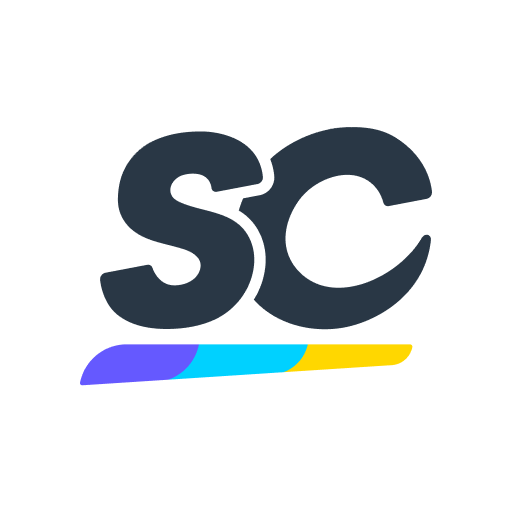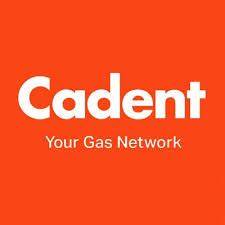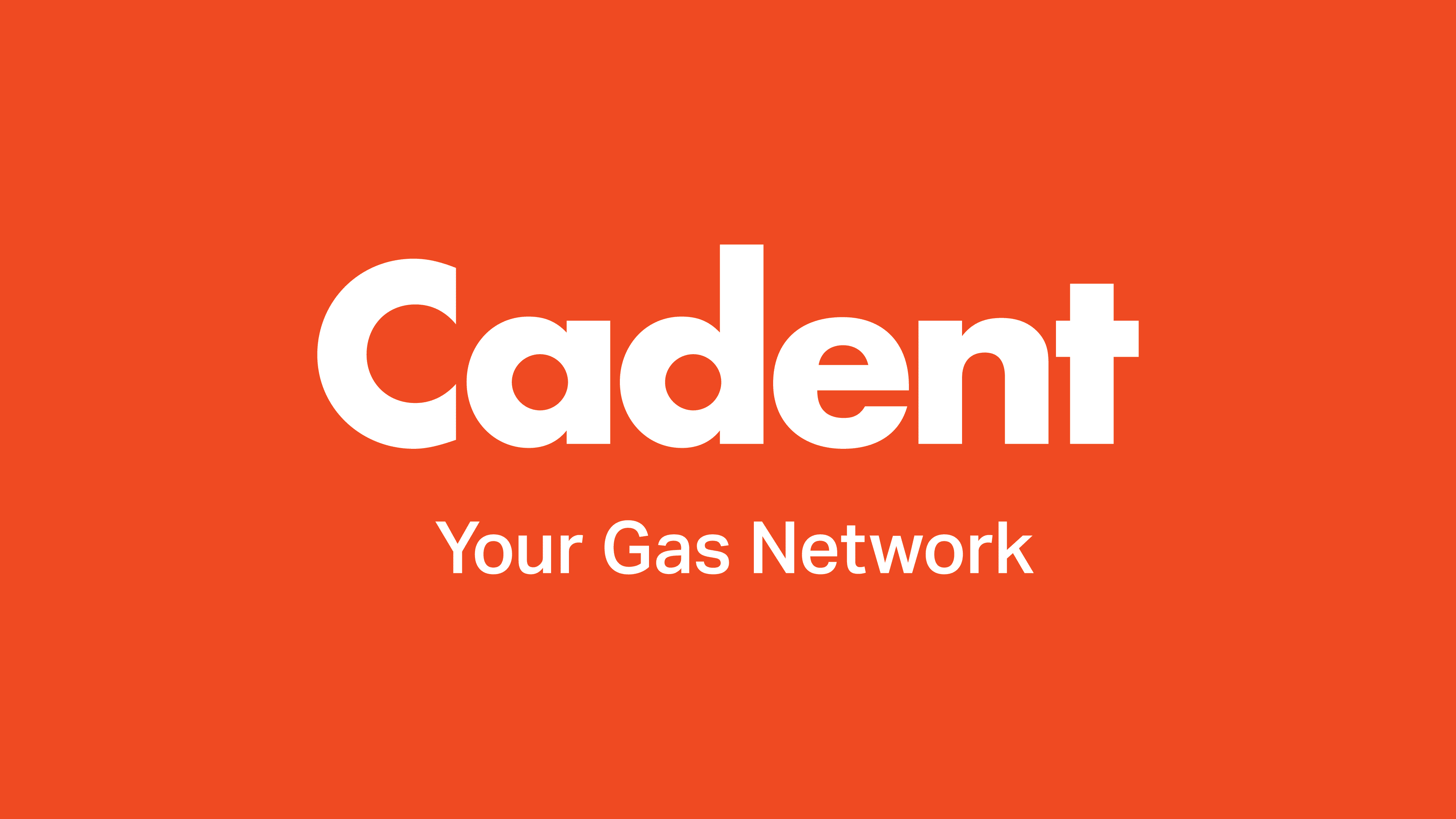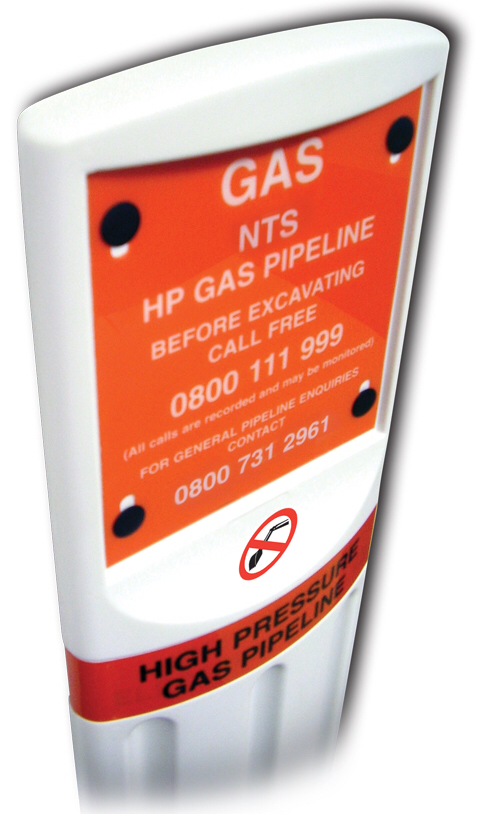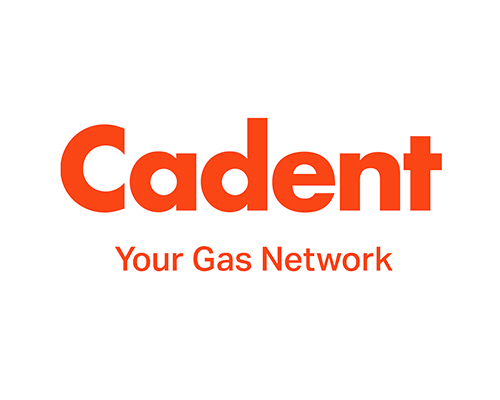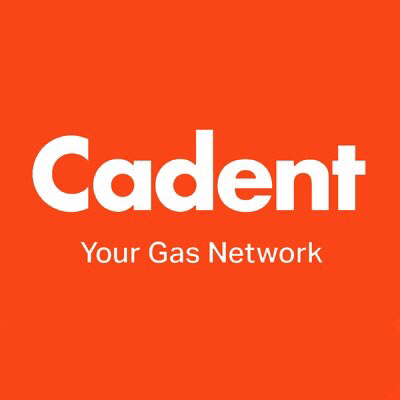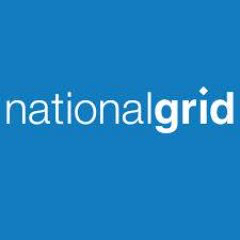Title Page
-
Educare Kellom
-
Conducted on
-
Performed by
Personal Dress and Hygiene
-
Employees wearing proper uniform including slip resistant shoes
-
Hair restraint is worn (hairnet, beanie, chefs toque)
-
Fingernails are short, unpolished, and clean
-
Jewelry is limited to watch, simple earrings, and plain ring
-
Staff are practicing appropriate hand hygiene and glove use when<br>necessary during food preparation activities, such as between handling<br>raw meat and other foods, to prevent cross-contamination.<br>
-
Staff are employing hygienic practices (e.g., not touching hair or face<br>without hand washing) and then handling food.<br>
-
Open sores, cuts, or splints and bandages on hands are clean and<br>completely covered<br>
-
Eating, drinking, or chewing gum are observed only in designated areas away from work areas
Equipment
-
Ice machine is clean and free of mold
-
Food slicer is clean to sight and clear of debris
-
Food slicer is sanitized between uses when used with potentially
-
Can opener is clean to sight and touch
-
Steamer is clean and free from excess scale build up
-
Stovetop burners are clean and free of debris
-
exhaust hood and filters are clean and a quarterly professional
-
Electrical boxes are easily accessible and not blocked
-
Equipment (e.g., food grinders, choppers, slicers, and mixers) are cleaned, sanitized, dried, and reassembled after each use.
-
All small equipment and utensils, including cutting boards, are sanitized between uses
-
Work surfaces are clean to sight and touch
-
Dishes, pots, pans, and utensils are cleaned and stored properly
-
Work surfaces are washed and sanitized between uses
-
Hot holding units are clean inside and out
-
Sprinklers are clean and free of dust
-
All light fixtures are clean and free of debris, with working light bulbs
-
Sinks are cleaned & sanitized
-
Dishwasher was cleaned after use
-
Wiped down and disinfected (if needed) the kitchen counters, table, and stove top
-
Oven spills and debris are removed and cleaned
-
Kitchen floors were mopped, swept and sanitized
-
Cleaning rags washed after use or placed on dirty laundry bin
-
All tools were cleaned, locked and inventoried
-
Cleaning equipment properly stored after use
Garbage Storage and Disposal
-
Waste bins has lids on
-
Kitchen garbage cans are clean
-
Garbage cans are emptied as necessary
-
Boxes and containers are removed from site
-
Loading dock and area around dumpster are clean
-
Dumpster is closed
Completion
-
Overall Assessment
-
Name & Signature of Kitchen Manager
Food Handling
-
Frozen food is thawed under refrigeration or in cold running water
-
Food is not allowed to be in the “temperature danger zone” for more than 4 hours
-
Utensils are handled to avoid touching parts that will be in direct contact with food
-
Food is tasted using proper methods
-
Food is not allowed to become cross-contaminated
-
Food is heating to 165ºF before placing in hot holding
-
Temperature of food being held is above 140ºF
-
Thermometers are sanitized between each use
-
Prepared foods are handled with utensils or clean, gloved hands
Food Storage and Dry Storage
-
Floor, walls, and ceiling are clean and free of debris in hard to see areas
-
Dry storage temperature is between 50 and 70 degrees
-
There is no bulging or leaking canned goods in storage
-
The handles of scoops in bins are not touching product(ex. sugar, flour,
-
All supplies are stored 6 to 8 inches off the floor and no more than 18inches from the ceiling
-
Chemicals are stored away from food and other food-related supplies
-
The FIFO (First In, First Out) method of inventory is being practiced
-
All open food is labeled and dated correctly. No expired products are visible
Coolers & Freezers
-
Floor, walls, and ceiling are clean and free of debris in hard to see areas
-
Refrigerators set to maintain a temperature of 40 °F or below
-
Freezers set to maintain a temperature of 0 °F or below.
-
Contains working thermometer
-
Temperature is accurate for piece of equipment and temp log is filled out daily
-
All open food is labeled and dated correctly. No expired products are visible
-
Raw meat, poultry, and seafood are stored in a sealed container or<br>wrapped securely, below prepared or ready to eat foods.
-
Storage racks clean and free of mold
-
Speed racks free of mold and clean including wheels
-
There are no signs of negative outcome (e.g., freezer burn, foods dried<br>out, foods with a change in color)
Cleaning & Sanitizing
-
Hand washing facilities with soap and water are separate from those used for food preparation. (Must have soap and hand towels available at hand sink
-
Drawers and racks are clean and free from debris
-
Quat sanitizer buckets are present at all work stations
-
Three-compartment sink is properly set up for warewashing (wash, rinse, sanitize
-
Chlorine test kit or thermometer is used to check sanitizing rinse
-
Reusable towels are used only for sanitizing equipment surfaces and not<br>for drying hands, utensils, floor, etc
-
Wiping cloths are stored in sanitizing solution while in use
-
The water is clean and free of grease and food particles
-
If heat sanitizing, the utensils are allowed to remain immersed in 170ºF water for 30 seconds
-
Dish machine reaching correct temperatures. Wash 150-160 Rinse 180
-
If using chemical sanitizer, it is the proper dilution
-
Dish machine shows no signs of excessive scale build up
-
Hand sink hot water temperature reaching 120 degrees
-
The utensils are allowed to air dry
-
Floor, walls, and ceiling are clean and free of debris in hard to see areas
Cooks Line
-
The wall behind equipment is clean and well maintained
-
The floor is clean and free of debris (Look under equipment)
-
Plates stored under shelving is clean and free of debris
-
